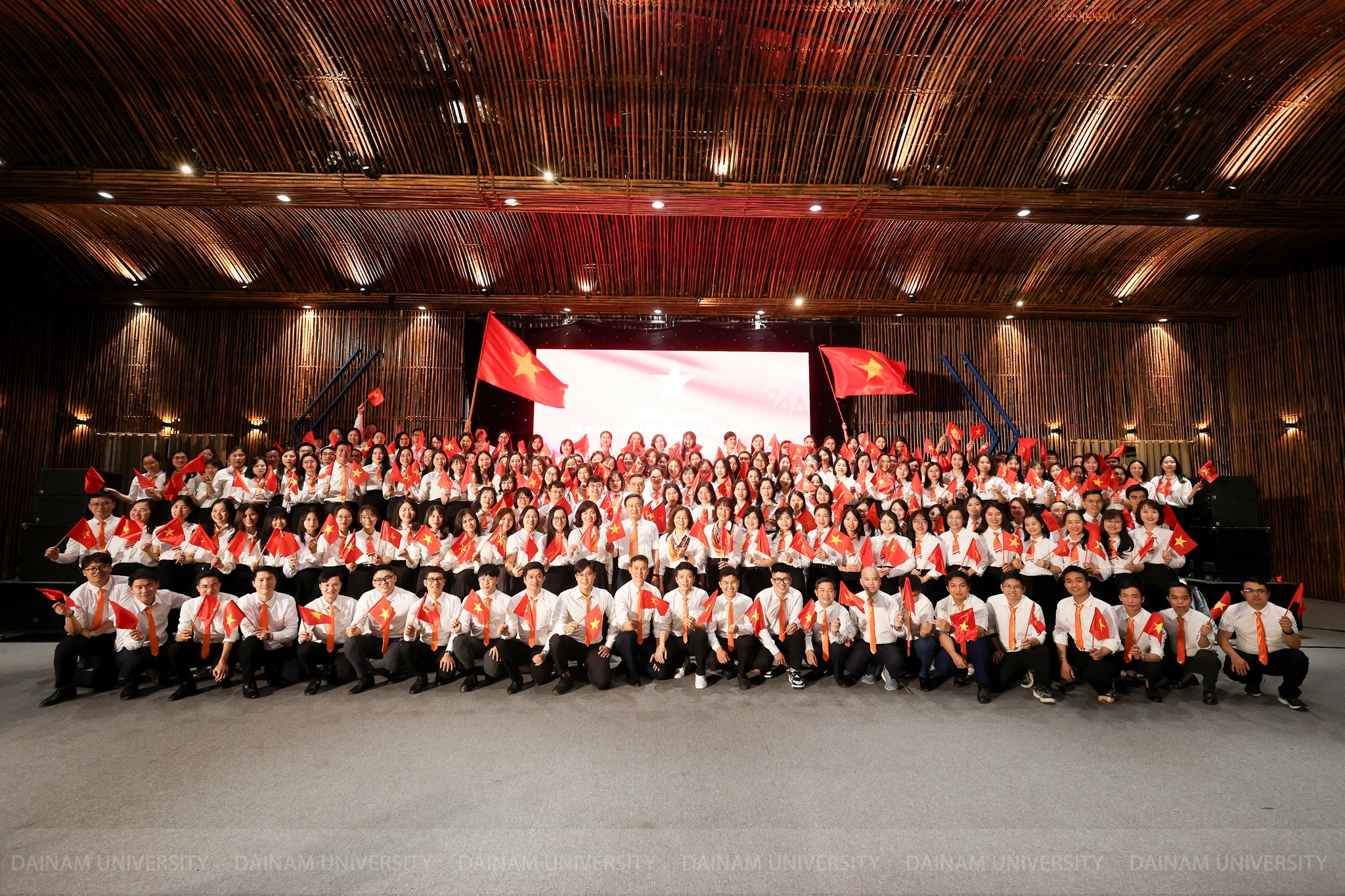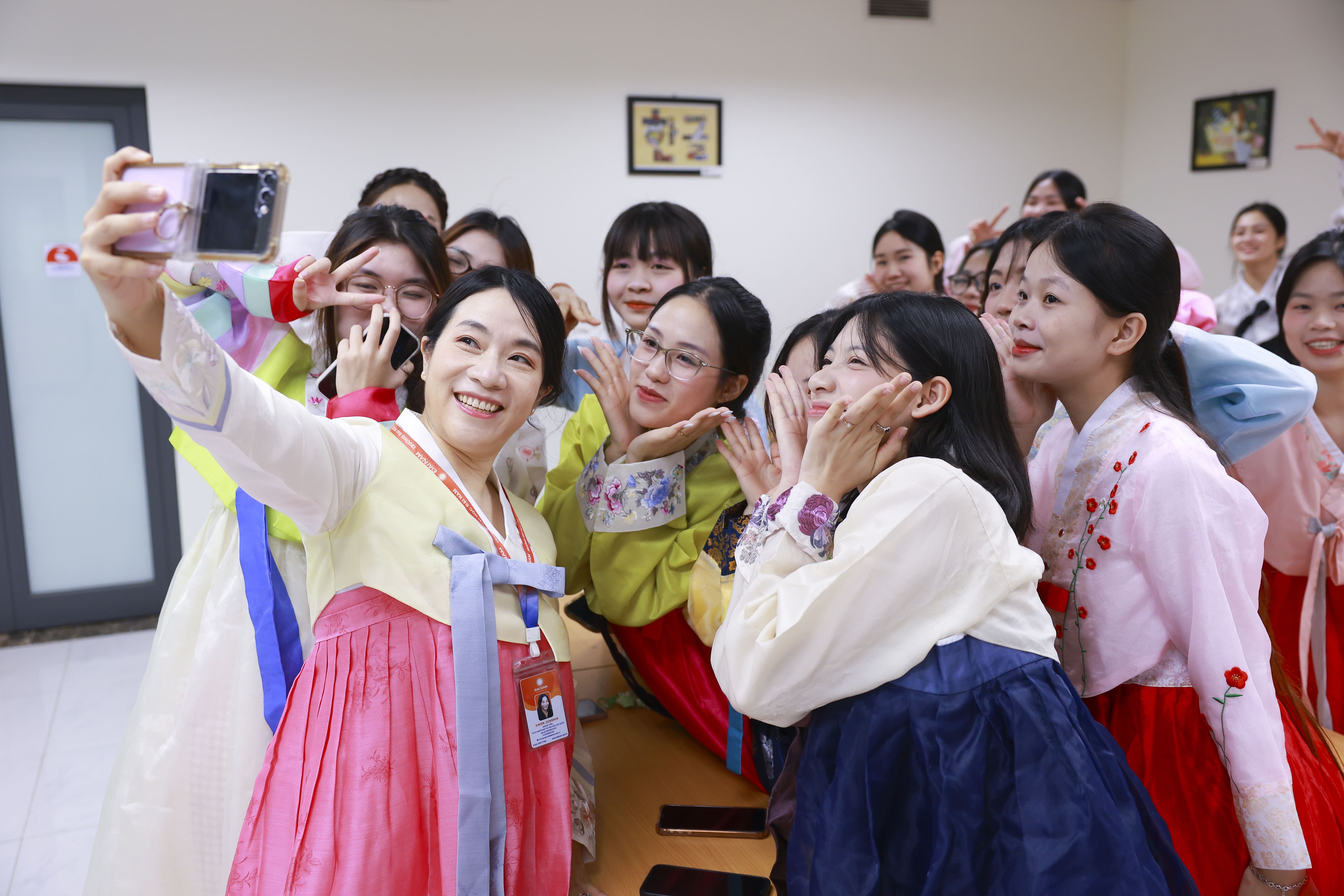Some differences in the use of prepositions of position in Vietnamese and English

However, prepositions in each language have different characteristics and usages, which causes many difficulties for Vietnamese people when learning English. This article will focus on pointing out some common mistakes related to prepositions of place.
Some common prepositions of place in Vietnamese and English include:
- in, inside
- out, outside
- on, above, over
- under: under, below, beneath
- before, in front of
- after, behind
- beside: by, near, next to, beside
- Between: between, among, in the middle of

Illustration photo.
In English, when using prepositions to describe the position of an object, the speaker often does not pay attention to its own position but only cares about the relative position between the objects being described. That is why we often see British people saying sentences like: “The fan is under the ceiling ”, “The plane is in the sky” , “They are working in the field”, “She is walking in the rain” , “Cars run in the street” , etc. In the first example, if we compare the relative position of the fan with the ceiling, we can easily understand why the British use the preposition “under”. Meanwhile, Vietnamese people use the preposition “above” because if we compare, the fan is higher on the ceiling than us. In the example “Cars run in the street” , the British say “ in the street ” because the car is running in the street, while the Vietnamese say “outside the street” because they are standing outside the road, maybe on the sidewalk or inside the house.
In addition, when referring to a higher position, the British also pay attention to the relationship between the locating object (tranjector) and the reference object (landmark). Therefore, the British distinguish between three prepositions “on, above, over” while the Vietnamese only use the preposition “top”. When referring to the relationship “above” and “below”, the British always pay attention to whether the locating object is in the vertical reference area compared to the reference object or not. At the same time, they also pay attention to whether the locating object and the reference object are in contact with each other or not and how much distance? Therefore, the British have the prepositions “on, above, over” and “under, below, beneath”. Consider the following two examples:
- The cat is under the table.
(The cat is under the table).
- We live on the same hillside. Her house is below mine.
(We live on the same hillside. Her house is below mine.)
In example (1), the cat is lying directly below and within the range of the table, so the British use the preposition "under". In example (2), which also means "under" but not directly and directly, the British use "below", while the Vietnamese only use the word "under" for both cases.
Another difference is that when referring to the middle position, if between 2 objects the British use “between” and between 3 or more objects they use “among”, while Vietnamese people only use the word “middle”.
So we can see that the British use prepositions based on the relationship between two objects, while Vietnamese people choose prepositions based on the speaker's position. When learning English, we also need to pay attention to this to avoid making mistakes.
02 admission methods to English Language major at Dai Nam University:
- Method 1: Consider high school graduation exam scores. Use the results of 03 subjects from the high school graduation exam results according to the admission combination;
- Method 2: Admission based on high school transcripts. Average score of grade 12 according to the combination of 3 subjects for admission ≥ 18 points;
Contact Hotline/Zalo: 0971595599/ 0961595599/ 0931595599
>>> REGISTER FOR ADMISSION: HERE
MSc. Phung Van Than – Lecturer of English Language Department







